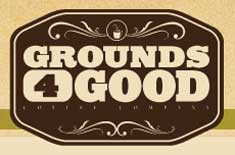» News
Form and Function
Making the Most of Change
When designing or laying out a project it is often necessary to incorporate elements to meet a wide variety of requirements – from ergonomic, functionality, aesthetic concerns to cost, longevity and environmental concerns. In fact, a good design is often the one that does the best job of incorporating and balancing all the different requirements and yet still remain practical. These principles apply to all areas of design and should be thought through in our creative process and other design type work.
Example 1: Media Room layout.
Design criteria might include: Work areas – balance between maximum and minimum number of people who can operate the system. Paint Color – Creativity and matching the rest of the building verses technical requirements (neutral) and brightness of room. Furnishings: Comfort, style, atmosphere balanced with job functions, financial concerns and space available.
Example 2: Video Editing
Some of the design criteria: Length – a balance between content and story with attention span, service planning and financial considerations. Style – a balance between audience, attention span and other service elements. Details – balance of time available to edit and what can be seen on on the screen.
Often when working on a project it is helpful to note what needs balancing – even as part of the brainstorming process for the project. These can be listed in two columns, or along a continuum or if 3 or more items work together, maybe a triangle or other method of graphically representing these elements. Keeping the balance of the elements in the forefront of our designs will help guide and direct us, keep us on track and ensure the final product will work for that given situation.









Hi! I was surfing and found your blog post… nice! I love your blog. 🙂 Cheers! Sandra. R.